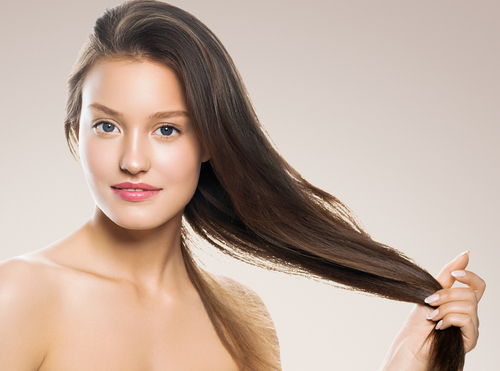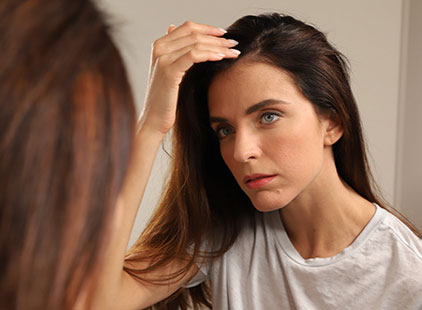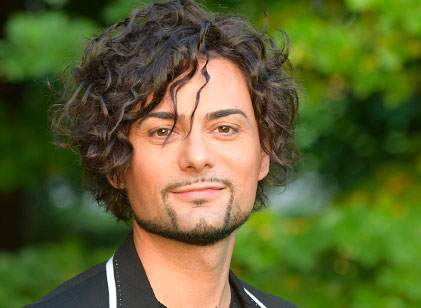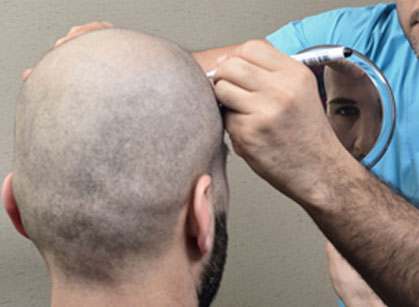Genetic factors influence and determine the size of the diameter in hair.
Its volume varies from person to person. This is why some individuals are born with thin hair, while others are born with thick hair.
In hair, the diameter is a very important element. In addition to characterizing its look, it also gives us information about its health. Thin hair is less beautiful, less vital looking, less robust and more vulnerable than thick hair, and therefore also more susceptible to external and internal agents.
Hair is composed of three layers called (proceeding outwards from the innermost layer) the medulla, cortex and cuticle. The thickness and shape of hair depend on the cortex. In the cortex, keratin accumulates in greater quantities. In thin hair the cortex is thin and smaller than normal. A thin cortex makes the hair less compact and weaker, thus it tends to get damaged and to break more easily.
Hair may become thin not only due to genetic reasons but also because of many other factors and due to various problems for which specific treatments exist.
Aggressive aesthetic hair treatments (coloring, perms, ironing, bleaching, brushing too intensely, aggressively or for too long, aggressive and scorching hot irons, hair dryers that are too hot and close) act at the level of the cuticle (the external layer of the hair), until they wear it thin or consume it entirely, and may even cause hair loss.
Chemotherapy blocks the activity and function of the dermal papilla and the cellular proliferation process, therefore the hair that doesn’t fall out decreases in volume, wears thin and weakens.
Taking drugs for autoimmune diseases reduces the cellular proliferation that gives texture and body to the hair, but may also impede the proper toxin elimination process from the skin. In both cases, hair ends up growing thin.
External atmospheric elements damage the hydrolipid equilibrium of the skin and the hair cuticle, making hair thin and dry (excess exposure to the sun, smog and pollution, exposure to sea salt water, exposure to chlorinated pool water).
Stress or psychological/physical tension may lead both to excess sebum production (which leads to greasy hair) and to a production of toxins that block or weaken the hair formation process.
Moreover, thin hair is sensitive to static electricity that makes it tangled, messy and difficult to brush.
People with thin hair develop brittle hair and split ends more easily than those with thick hair. When hair grows thin not due to genetic reasons, but because of health problems pertaining to the hair cuticle or the pilosebaceous apparatus, hair loss may be a consequence and a signal of other problems. Even if it doesn’t fall out, thin hair appears to be visibly fewer in number and thinning.
Infrared rays, laser treatments and biostimulation treatments are used to restore the volume of thin hair. These methods have the goal of disinfecting and vascularizing the scalp. Their action aids and facilitates blood circulation necessary for the nourishing of hair. Using high quality, keratin-based restructuring products helps to thicken and reinforce thin hair.

 Italiano
Italiano  Português
Português  Français
Français  Español
Español 



